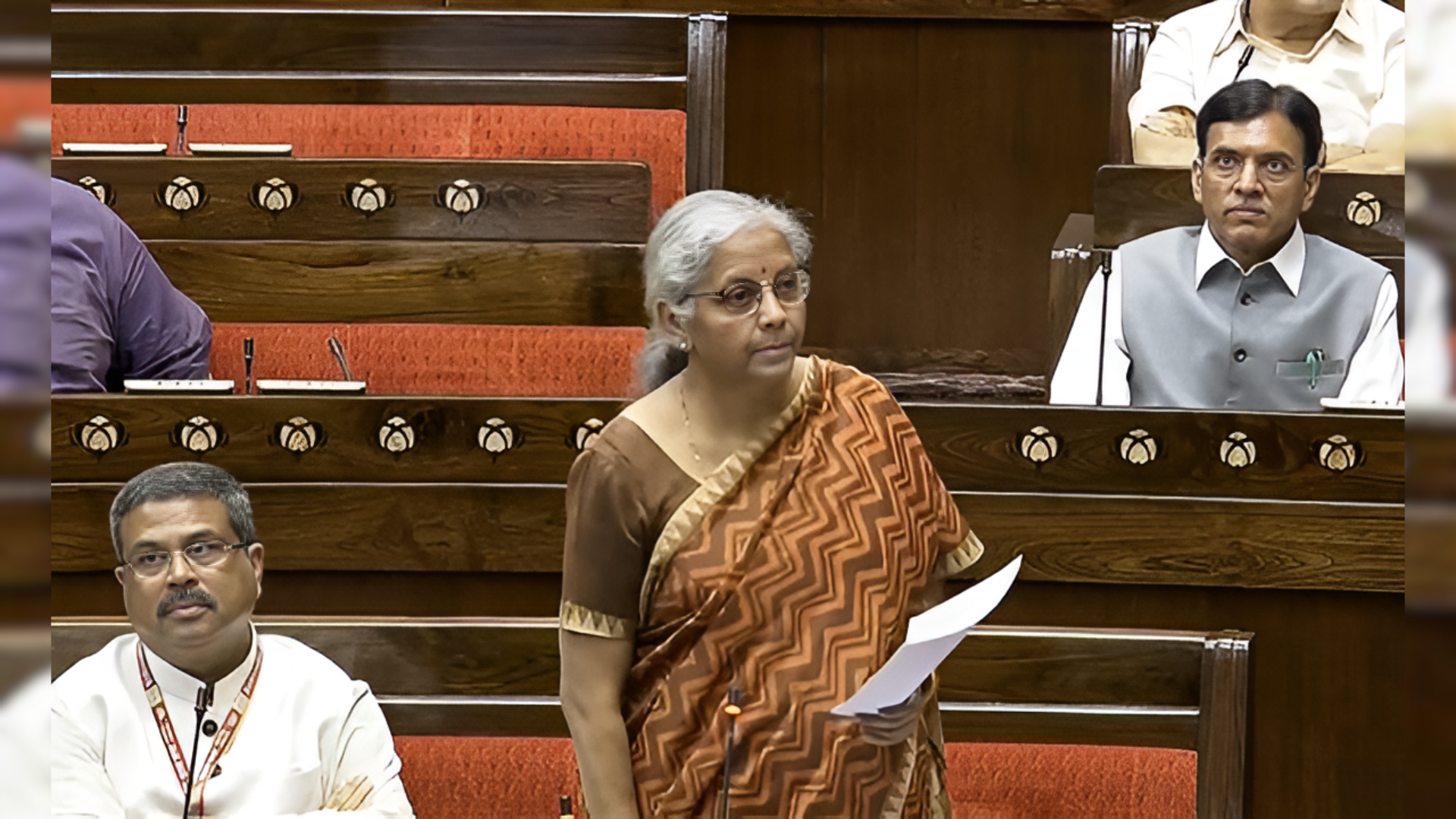The Economic Survey 2024, presented by Union Finance Minister Nirmala Sitharaman in Parliament on Monday, revealed that despite the pandemic and geopolitical tensions, the Central Government’s timely policy interventions and the Reserve Bank of India’s price stability measures helped maintain retail inflation at 5.4 percent.
During FY22 and FY23, global inflationary pressures rose due to the COVID-19 pandemic, geopolitical tensions, and supply disruptions. In India, price hikes for consumer goods and services were driven by international conflicts and adverse weather impacting food costs, the survey noted.
In FY24, however, the central government’s policy measures and the RBI’s stability actions kept retail inflation at 5.4 percent, the lowest since the pandemic. The survey highlighted that these interventions had positive effects.
Global energy prices declined sharply in FY24. Simultaneously, the Central Government announced price cuts for LPG, petrol, and diesel, contributing to low retail fuel inflation for the fiscal year.
In August 2023, domestic LPG cylinder prices were reduced by Rs 200 per cylinder nationwide, leading to deflationary LPG inflation from September 2023. Similarly, in March 2024, petrol and diesel prices were cut by Rs 2 per litre, bringing fuel inflation into the deflationary zone.
India’s policies effectively managed economic challenges, ensuring price stability amid global uncertainties. Core inflation fell to a four-year low, driven by decreases in both goods and services inflation. Core services inflation dropped to a nine-year low, while core goods inflation also declined significantly.
The drop in core consumer durables inflation was attributed to improved supplies of key materials. This marked a shift from the rising consumer durables inflation seen from FY20 to FY23.
The RBI’s monetary policy, which included a gradual 250 basis points increase in the repo rate since May 2022, led to a reduction in core inflation by around four percentage points between April 2022 and June 2024.
The survey noted that food prices faced upward pressure due to adverse weather conditions. Food inflation, a global concern over the past two years, stood at 6.6 percent in FY23 and increased to 7.5 percent in FY24 due to challenges in agriculture and extreme weather events.
The government implemented measures such as dynamic stock management, open market operations, and trade policy adjustments to mitigate food inflation. The survey observed a decrease in inflation rates across most States and Union Territories, with 29 out of 36 recording rates below 6 percent in FY24.
States with high food prices often experience higher rural inflation due to the greater weight of food items in rural consumption baskets. Rural inflation tends to exceed urban inflation in states with overall higher inflation.
The survey also projected that inflation would fall to 4.5 percent in FY25 and 4.1 percent in FY26, assuming normal monsoon conditions and no external shocks. The IMF forecasts 4.6 percent inflation in 2024 and 4.2 percent in 2025 for India, while the World Bank anticipates declining global commodity prices, which may further reduce domestic inflation.
To ensure long-term price stability, the survey emphasized the need for modern storage and processing facilities for fruits and vegetables and focused efforts to increase domestic production of essential food items.
(With ANI Inputs)
Also Read: Economic Survey: Here’s How Much India’s Real GDP Grew In Financial Year 2024




